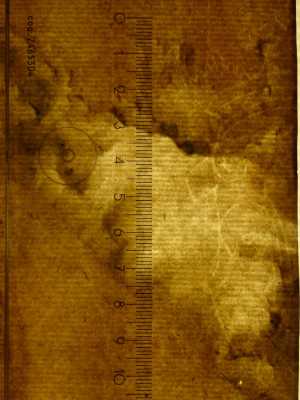Specifications
| Title | Farmhouse with a Shack and Fences |
|---|---|
| Material and technique | Black chalk (traces), pen and brown ink, brown wash, watercolours |
| Object type |
Drawing
> Two-dimensional object
> Art object
|
| Location | This object is in storage |
| Dimensions |
Height 129 mm Width 301 mm |
|---|---|
| Artists |
Draughtsman:
Abraham Bloemaert
|
| Accession number | H 6 recto (PK) |
| Credits | Loan Stichting Museum Boijmans Van Beuningen (former Koenigs collection), 1940 |
| Department | Drawings & Prints |
| Acquisition date | 1940 |
| Creation date | in circa 1595-1605 |
| Signature | none |
| Watermark | none (vV, 4P). The removed backing paper (also vV, 4P) has a fragment (vertical half) of a crowned shield with French lily on the lower edge (100x30mm). [AE] [for image click thumbnail above the 'zoom in' option] |
| Condition | damaged edges (losses), the sheet has been removed from the old backing paper revealing the drawing on the reverse side |
| Inscriptions | ‘3.’ (top left corner, in pencil), 'Abr. Bloemart' (old attribution, on the verso of the removed mount, in pen and brown ink) |
| Collector | Collector / Franz Koenigs |
| Mark | F.W. Koenigs (L.1023a on the removed backing paper) |
| Provenance | Franz W. Koenigs (1881-1941), Haarlem; on loan to the museum, 1935-1940; purchased with the Koenigs collection by D.G. van Beuningen (1871-1955), Rotterdam and presented to the Stichting Museum Boymans, 1940; on loan to the museum since 1940 |
| Exhibitions | Rotterdam 1938, no. 230; Utrecht 2005; Paris/Rotterdam 2014, no. 76 |
| Internal exhibitions |
Vroege Nederlandse tekeningen - Van Bosch tot Bloemaert (deel 3) (2015) |
| External exhibitions |
Bosch to Bloemaert. Early Netherlandish Drawings from the Museum Boijmans Van Beuningen (2014) |
| Research |
Show research Netherlandish Drawings of the Fifteenth and Sixteenth Centuries |
| Literature | Bolten 2007, no. 1466 |
| Material | |
| Object | |
| Technique |
Brown wash
> Washing
> Wash
> Drawing technique
> Technique
> Material and technique
|
| Geographical origin | The Netherlands > Western Europe > Europe |
Do you have corrections or additional information about this work? Please, send us a message
























